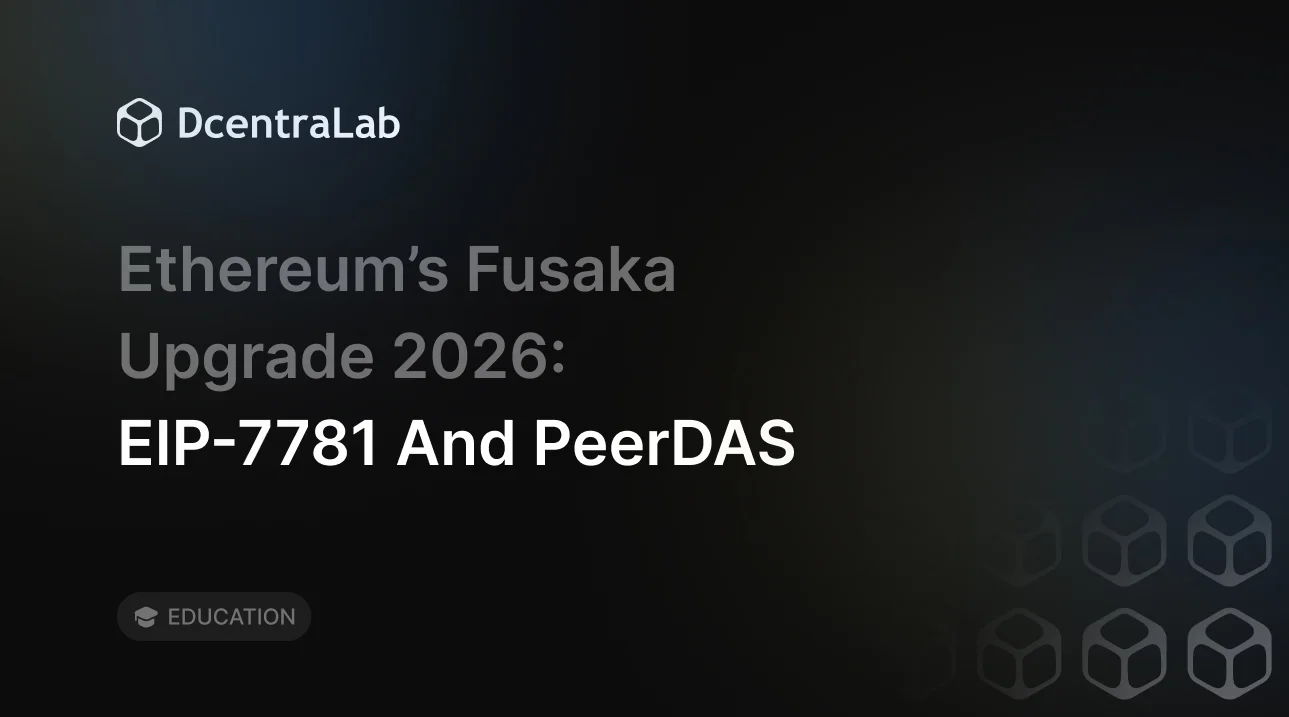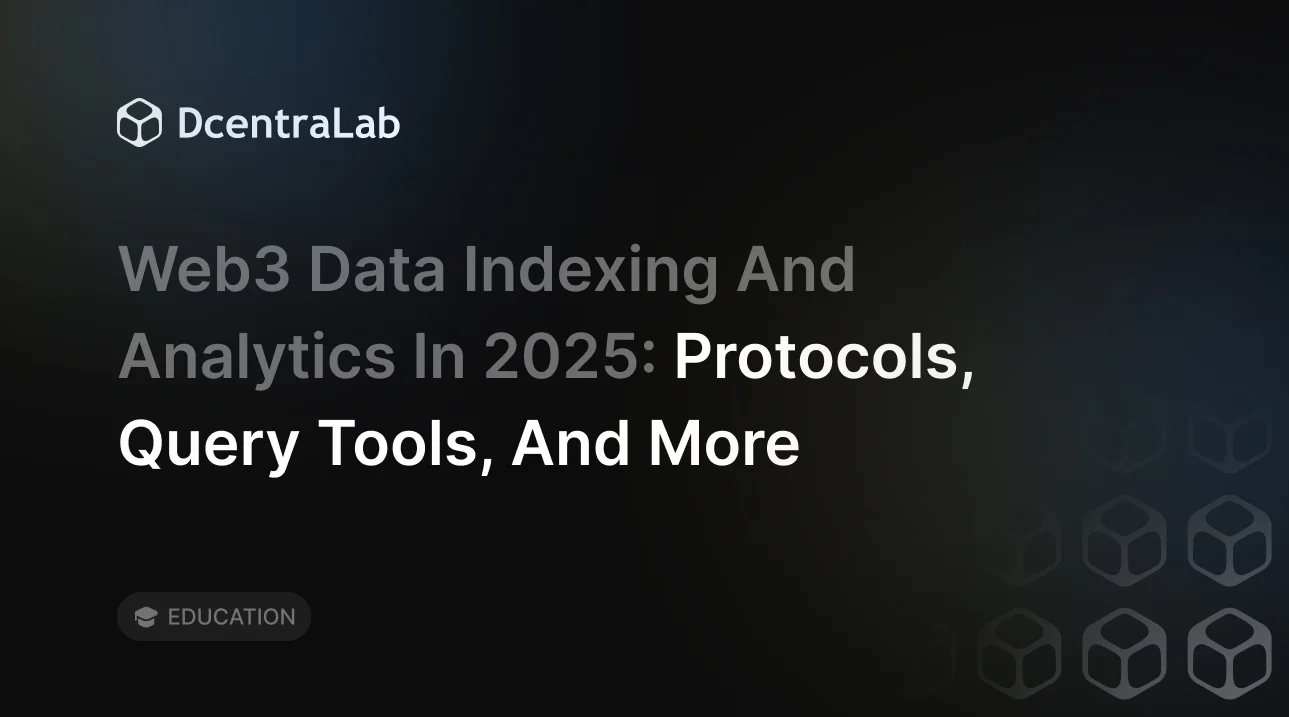Beyond the Hype: A Practical Guide to Tokenizing Real-World Assets (RWA)
.webp)
tl;dr
- RWA tokenization turns real-world assets like real estate or art into tradable digital tokens, bridging traditional finance with blockchain tech.
- The process includes due diligence, legal structuring, blockchain selection, smart contract development, and investor distribution.
- Real-world examples include the tokenized St. Regis Aspen Resort, fractionalized Picasso ownership, and tokenized private credit in MakerDAO.
- Major challenges include evolving regulatory environments, smart contract security, and limited liquidity in secondary markets.
- Legal compliance, secure custody, and investor education are critical to the success of RWA tokenization projects
Introduction
Real-World Asset (RWA) tokenization bridges traditional finance and Web3 by turning illiquid assets, like real estate or gold, into tradable digital tokens. While the concept is often hyped, this article offers a practical, step-by-step guide to help you unlock liquidity and participate in the decentralized economy with real-world value.
The Step-by-Step Process of Tokenizing a Real-World Asset
Transforming a real-world asset into a digital token involves more than just minting an NFT or token. It’s a multi-layered process that blends legal, technical, and financial considerations. Below is a clear guide to help navigate the key stages.
Step 1: Asset Selection and Due Diligence
Start by identifying an asset with clear market value and investor appeal: real estate, invoices, or art are common choices. Professional valuation ensures the asset’s worth is well-defined, while legal verification of ownership confirms legitimacy. This foundational step builds investor confidence and reduces future disputes.
Step 2: Structuring the Legal Framework
Tokenized assets must comply with financial regulations. This may include KYC (Know Your Customer) and AML (Anti-Money Laundering) standards. Many projects use Special Purpose Vehicles (SPVs), legal entities created solely to hold the asset, which separate liability and simplify regulatory compliance. Legal structuring is critical to ensure the token represents true ownership or rights.
Step 3: Choosing the Right Blockchain and Tokenization Platform
Select a blockchain that aligns with your asset’s needs. Ethereum offers deep liquidity and security, while chains like Polygon and Solana provide lower fees and faster speeds. When evaluating tokenization platforms, look for robust security, regulatory support, and a user-friendly interface for both issuers and investors.
Step 4: Smart Contract Development and Token Issuance
Smart contracts handle core functions like dividend payouts, trading permissions, and voting rights. Define the tokenomics clearly: supply cap, distribution rules, and the rights granted to token holders. This ensures a transparent and functional market for the digital asset.
Step 5: Offering and Distribution to Investors
Launch strategies range from private sales to public offerings. Investor onboarding is key. This includes verifying identities, explaining rights, and setting up wallets. Once issued, tokens can be traded, collateralized, or integrated into DeFi protocols, unlocking liquidity for traditionally illiquid assets.
Real-World Examples of RWA Tokenization
From luxury hotels to fine art and private credit, real-world asset (RWA) tokenization is no longer a theoretical concept. These use cases show how tangible assets can be transformed into tradable tokens.
Luxury Real Estate: The St. Regis Aspen Resort
In 2018, the St. Regis Aspen Resort became a pioneer in RWA tokenization. Aspen Digital Inc. created a Special Purpose Vehicle (SPV) to own equity in the resort and offered ASPD security tokens to accredited investors. The tokens, issued on Ethereum via the Templum Markets platform, embedded compliance controls like transfer restrictions and KYC/AML requirements. This deal highlighted how tokenized assets can meet U.S. securities regulations while unlocking new capital-raising avenues.
Fine Art and Collectibles: Democratizing High-Value Ownership
Fractional ownership is revolutionizing how we invest in art. In one notable case, a Zurich-based crypto bank tokenized legal ownership rights to Picasso’s 1964 painting Fillette au béret. This allowed multiple investors to co-own a valuable artwork through digital shares, lowering the barrier to entry for participation in high-end collectibles.
Private Credit and Debt: A New Frontier for DeFi
Tokenization is reshaping debt markets as well. MakerDAO, a leading DeFi protocol, accepts tokenized real-world debt assets. This includes bonds and off-chain loans, as collateral for its stablecoin, DAI. This innovation bridges traditional finance and DeFi, enabling permissionless lending systems to interact with previously siloed credit instruments.
Navigating the Challenges and Risks of RWA Tokenization
While the promise of real-world asset tokenization is compelling, it comes with significant challenges. Understanding the evolving risks is crucial for builders, investors, and institutions alike.
The Regulatory & Legal Landscape
Regulation around tokenized assets remains fragmented and in flux. Jurisdictional differences and unclear classifications can expose projects to legal uncertainty. Staying compliant requires active monitoring of policy shifts and aligning with frameworks like Reg D or MiCA. As such, advising with a skilled lawyer is recommended.
Technical Hurdles and Security Considerations
Smart contracts underpinning RWAs must undergo rigorous audits to prevent exploits. Moreover, secure custody, both on-chain and off-chain, is essential to protect the underlying asset and investor rights.
The Question of Liquidity
Although tokenization aims to enhance liquidity, real-world constraints often limit secondary market activity. Investor appetite, compliance restrictions, and platform fragmentation can prevent tokenized assets from achieving true tradability.



